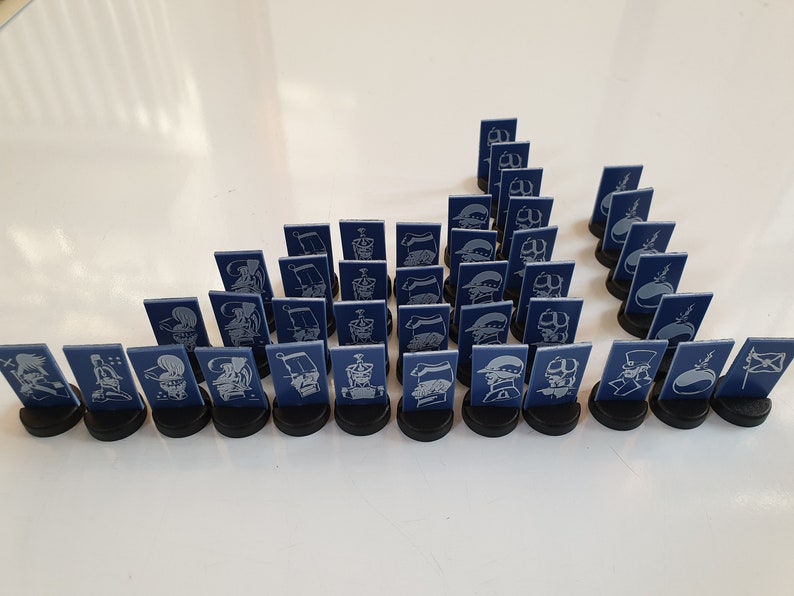
By 1943, Mogendorff's family had been confined to a concentration camp in the Netherlands and in 1944 they were moved to a concentration camp in Germany before being freed in 1945. Īlthough there has been some dispute about whether L'Attaque inspired Stratego, court papers filed in a 2005 licensing dispute between Hasbro and the inventor of a similar game called Strategy name Jacques Johan Mogendorff as the man who created Stratego at an unspecified time before 1942. By the 1920s, L'Attaque was being sold in Great Britain by London-based H.P. By 1910, a game fitting the same description was being sold by a French game manufacturer as L'Attaque, and included French and British army game pieces. The French patent for an unnamed battlefield game with two opposing armies was filed in 1908 by the game's creator, Hermance Edan. Stratego's early history was one that spanned multiple continents: the game has many similarities to a French game from the early 1900s.


Playing Stratego has been shown to help children with attention deficit/hyperactivity disorder (ADHD), a central nervous system dysfunction that makes it difficult to process sequences or systems, develop critical thinking skills and learn deductive reasoning - all while going after the enemy's flag. The board game is being used in surprisingly inventive ways, too. Stratego's even made the move from family game night to international competition with tournaments including the Stratego World Championships, which draws game enthusiasts from around the globe. Stratego first debuted in the United States in the 1960s (we'll take a more in-depth look at the game's history in a later section), and it's a game with staying power: nostalgia for those who grew up playing it and a new challenge to those who've only begun. Whatever your strategy, rest assured that you'll have the chance to test it again and again as you match wits with Stratego opponents. However, each attack - whether it's successful or not - will reveal the rank of the opposing piece, and you'd do well to remember these ranks as you pit your game pieces against them in the future. This means that you won't know ahead of time whether your piece will be outranked, become a prisoner of war and be removed from the board.

Every attack is a risk because the ranks of your opponents' game pieces are hidden from your view. While the objective of the game seems straightforward, it's not as easy as simply moving game pieces around the board in hopes of coincidentally conquering enemy territory and happening upon a flag.


 0 kommentar(er)
0 kommentar(er)
